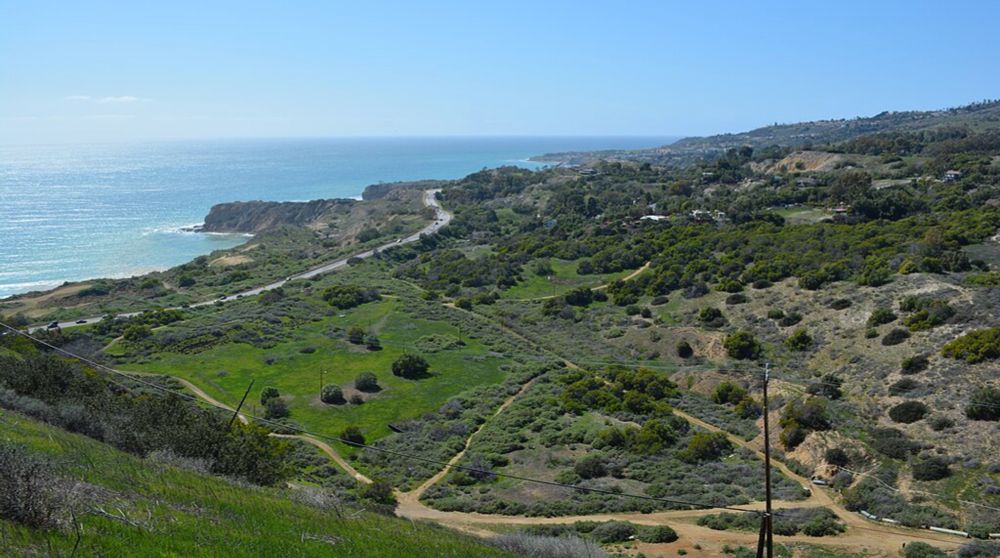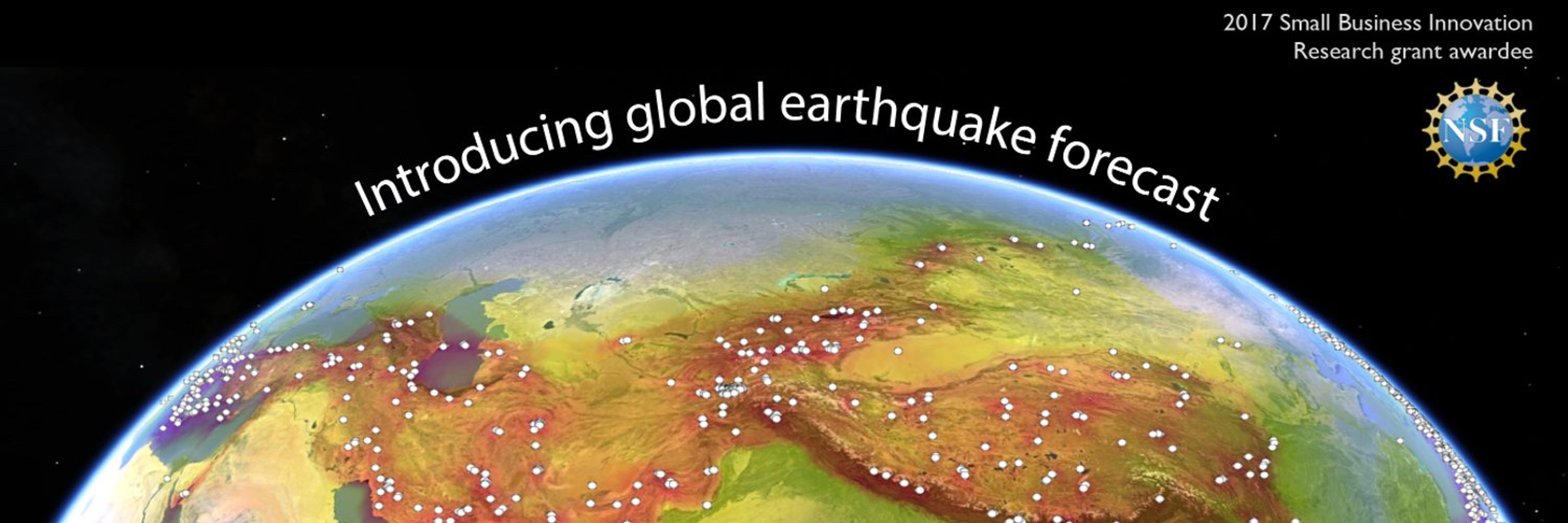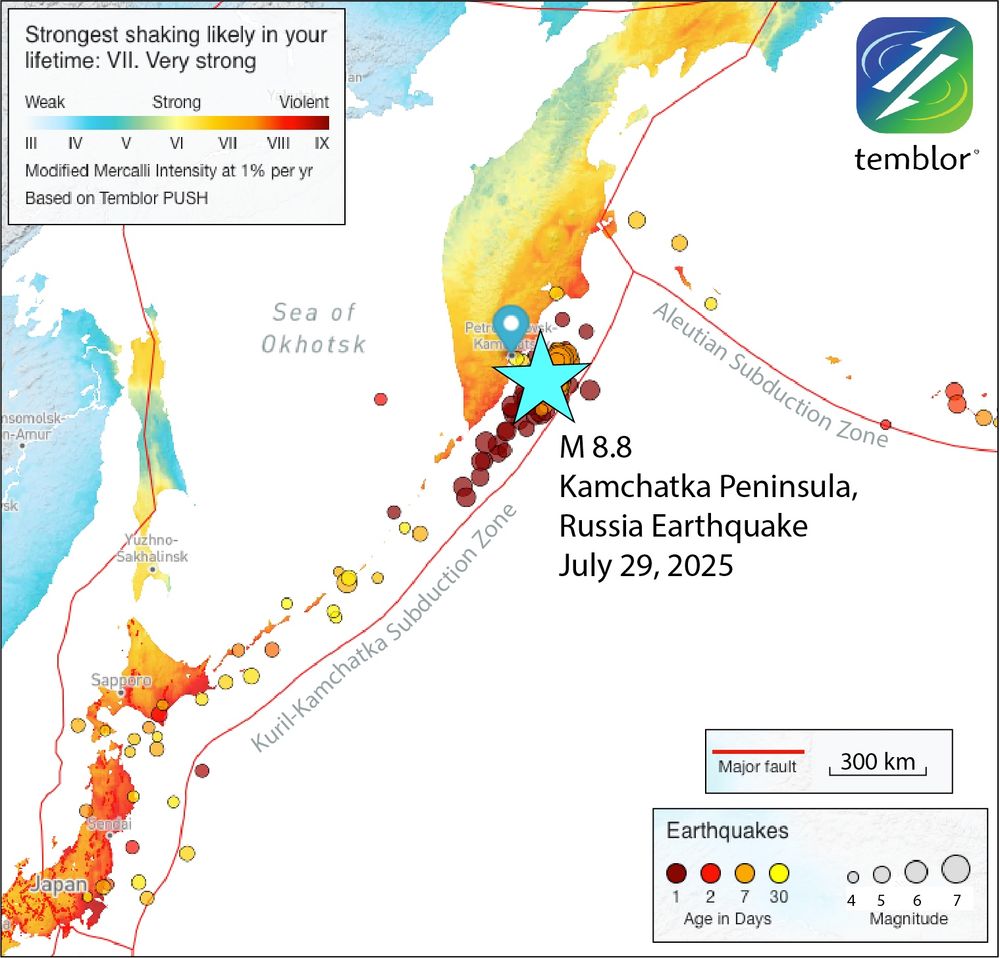Temblor, Inc.
@temblorinc.bsky.social
360 followers
180 following
39 posts
Catastrophe modeling company specializing in seismic hazard and risk assessment. We serve the public, the re/insurance and ILS communities and mortgage lenders.
Posts
Media
Videos
Starter Packs
Temblor, Inc.
@temblorinc.bsky.social
· Jul 30
Reposted by Temblor, Inc.
Temblor, Inc.
@temblorinc.bsky.social
· Jul 16

Earthquake science illuminates landslide behavior - Temblor.net
How scientists model slow-slip earthquakes can also help them understand slow-moving landslides, a common hazard along the West Coast. By Rebecca Owen, Science Writer (@beccapox) Citation:Owen, R....
temblor.net
Reposted by Temblor, Inc.
Temblor, Inc.
@temblorinc.bsky.social
· May 13
Virtual Events | Seismological Society of America
SSA members enjoy complimentary webinars, workshops and mentoring sessions. Navigating Career Transitions - Register for Workshop This four-part virtual workshop is complimentary for SSA members (memb...
www.seismosoc.org
Temblor, Inc.
@temblorinc.bsky.social
· May 27

Beware quiet segments of the Philippine Fault - Temblor.net
Although scientists were not entirely surprised by the magnitude 7.7 earthquake that struck Myanmar on March 28, 2025, the event is a stark reminder that similar active structures exist — ...
temblor.net
Temblor, Inc.
@temblorinc.bsky.social
· May 20
Temblor, Inc.
@temblorinc.bsky.social
· May 20
Reposted by Temblor, Inc.
Temblor, Inc.
@temblorinc.bsky.social
· May 16

Letter For House of Natural Resources Committee
The House Natural Resource Committee is expected to have a hearing on the National Earthquake Hazards Reduction Program (NEHRP) and the National Volcano Early Warning System on Tuesday May 20. The at...
docs.google.com
Temblor, Inc.
@temblorinc.bsky.social
· May 16
Temblor, Inc.
@temblorinc.bsky.social
· May 16

Letter For House of Natural Resources Committee
The House Natural Resource Committee is expected to have a hearing on the National Earthquake Hazards Reduction Program (NEHRP) and the National Volcano Early Warning System on Tuesday May 20. The at...
docs.google.com
Temblor, Inc.
@temblorinc.bsky.social
· May 13
Virtual Events | Seismological Society of America
SSA members enjoy complimentary webinars, workshops and mentoring sessions. Navigating Career Transitions - Register for Workshop This four-part virtual workshop is complimentary for SSA members (memb...
www.seismosoc.org
Temblor, Inc.
@temblorinc.bsky.social
· May 13
Virtual Events | Seismological Society of America
SSA members enjoy complimentary webinars, workshops and mentoring sessions. Navigating Career Transitions - Register for Workshop This four-part virtual workshop is complimentary for SSA members (memb...
www.seismosoc.org
Temblor, Inc.
@temblorinc.bsky.social
· Apr 26

Destruction and Transformation: Lessons learned from the 2015 Gorkha, Nepal, earthquake - Temblor.net
By Surya Narayan Shrestha (National Society for Earthquake Technology, Kathmandu, Nepal) and Susan E. Hough (U.S. Geological Survey, Pasadena, California. USA) Citation: Narayan Shrestha, S. and Hou...
temblor.net
Reposted by Temblor, Inc.
Temblor, Inc.
@temblorinc.bsky.social
· Apr 25

Knock, knock, knocking on your door – the Julian earthquake in southern California issues reminder to be prepared - Temblor.net
Minimal damage from the Julian earthquake should result in maximum earthquake preparedness efforts. By Debi Kilb (Scripps Institution of Oceanography at UCSD), Alice-Agnes Gabriel (Scripps Instituti...
temblor.net
Temblor, Inc.
@temblorinc.bsky.social
· Apr 25

Knock, knock, knocking on your door – the Julian earthquake in southern California issues reminder to be prepared - Temblor.net
Minimal damage from the Julian earthquake should result in maximum earthquake preparedness efforts. By Debi Kilb (Scripps Institution of Oceanography at UCSD), Alice-Agnes Gabriel (Scripps Instituti...
temblor.net
Temblor, Inc.
@temblorinc.bsky.social
· Apr 24

A magnitude 6.2 quake strikes the Marmara Fault at site of large historic earthquakes near Istanbul - Temblor.net
The 23 April 2025 earthquake appears to have ruptured a 20-kilometer-long section of the Marmara Fault, near the site of a 2019 magnitude 5.7 shock. Previous major events include earthquakes ...
temblor.net
Temblor, Inc.
@temblorinc.bsky.social
· Apr 7

Los sistemas de alerta temprana de terremotos pueden ayudar a los hospitales, siempre y cuando estén preparados - Temblor.net
Para aprovechar el valioso tiempo que brindan los sistemas de alerta temprana, los hospitales deben desarrollar protocolos de respuesta ante terremotos meticulosamente elaborados. Por Montana Denton...
temblor.net
Reposted by Temblor, Inc.
Temblor, Inc.
@temblorinc.bsky.social
· Apr 4

One-month earthquake forecast for western Myanmar following the devastating magnitude 7.7 Mandalay shock - Temblor.net
Our short-term forecast suggests that between now and May 1, between 1 and 4 shocks greater than or equal to magnitude 4.0 are expected — fortunately a low rate. Much ...
temblor.net






